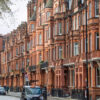This story originally appeared on the Gents Cafe Newsletter. You can subscribe here.
In Italy, when leaves start turning golden and the weather allows to layer knitwear again, that only means one thing: it’s time to plan the first gita fuori porta of the season—an escape out of town to a destination that’s easily within reach. Spontaneous and improvised, these escapes are the occasion to spend leisurely time with friends; the pleasure of being together and the thrill of discovery overcome the need for planning, and make for the most memorable experiences.
We are not immune to the calling of autumn, and so this time we opted to explore Lake Como’s lesser known—but equally charming—sibling: Lake Maggiore.
Carved in the mountains of Piemonte, its northern tip already across the Swiss border, this tranquil body of water is best known for its gem Stresa, a lakefront town dotted of Art Deco architecture that has long been a cherished destination of European royalty and aristocracy alike. But beyond the splendid grand hotels and charming waterfronts overseeing the islands, there’s much more to Lake Maggiore—a wilder, more authentic side that we set out to discover.


As we prepared to set out from Milano, early in the morning, the city was still half asleep—the streets quiet, the air crisp, and the sky just beginning to brighten. There’s always a certain thrill in leaving before the day begins, when everything feels possible and the promise of new places, good company, and good coffee is enough to set everything in motion.


Less than an hour later, the highway had already turned into a narrow winding road and the flats had risen to be hills and then mountains when we caught the first glimpse of the water in the small village of Meina. We quickly pulled up in the parking right next to the dock to take in the view and enjoy the tranquility of the place—the current gently lapping the shore, a church bell announcing 9am in the distance. As it always happens, it almost felt surreal to be in such a different place after so little time.

But the first official stop of our loosely planned itinerary, Stresa, awaited a few miles ahead, so we got in the car and headed straight to the most charming spot of Lake Maggiore, which also happens to be a gateway to the Mottarone, a mountain famous for its wildlife sanctuary, breathtaking views and rolling roads. Before setting the wheels of our MINIs towards the top, however, we realised we would be up there right in time for lunch, and we had nothing to snack on apart from coffee beans. A solution was urgently needed.

Thankfully, a quick stroll around the narrow alleys of Stresa lead us right in front of an alimentari stocking a seemingly infinite selection of local delicacies. A somewhat old-fashioned but very reassuring sign advertised “Panini – Sandwiches”, and this is all we needed to decide and walk in. Choosing a stuffing for our sandwiches was all but easy: had one of us been a mathematician, we could have calculated the exact number of possible combinations for all the different cheese, hams and salami stocking up the place; nonetheless, our estimation of over a thousand feels very spot on.


We could unexpectedly rely on the help of the owner, however, as—despite his gruff appearance—he came to our help suggesting some of his favourite pairings. The man likely had a sweet spot for a local cheese called Toma del Mottarone, and almost all of our sandwiches ended up with a few slices in them; but truth to be told, we would soon find out none of the pairings would disappoint.

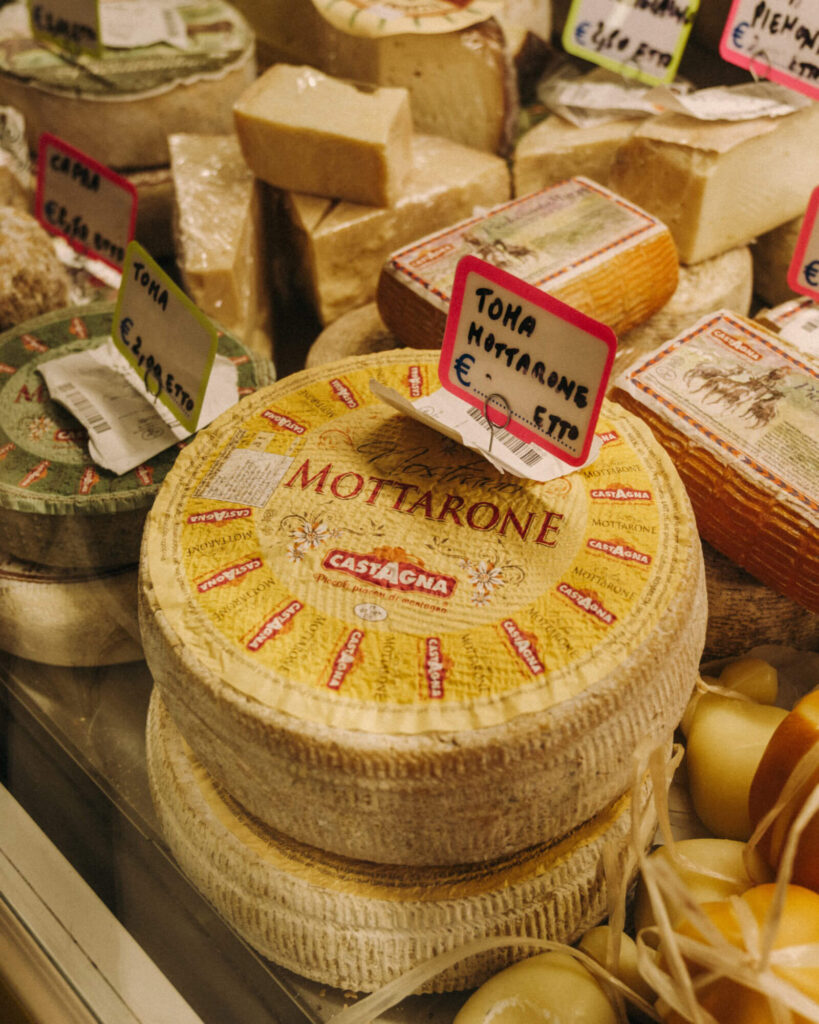
At this point, we were all set to drive up the Mottarone and find the perfect spot for what would clearly be an improvised pic-nic. Leaving Stresa behind, we entered the thick woods surrounding the Strada Borromea, a scenic route leading to the mountaintop. With foliage already in its full splendour, every hairpin brought a new hue into the golden palette of autumn, and it was hard not to stop and look around for mushrooms. But the views from the top were calling, and we couldn’t wait to be up there.



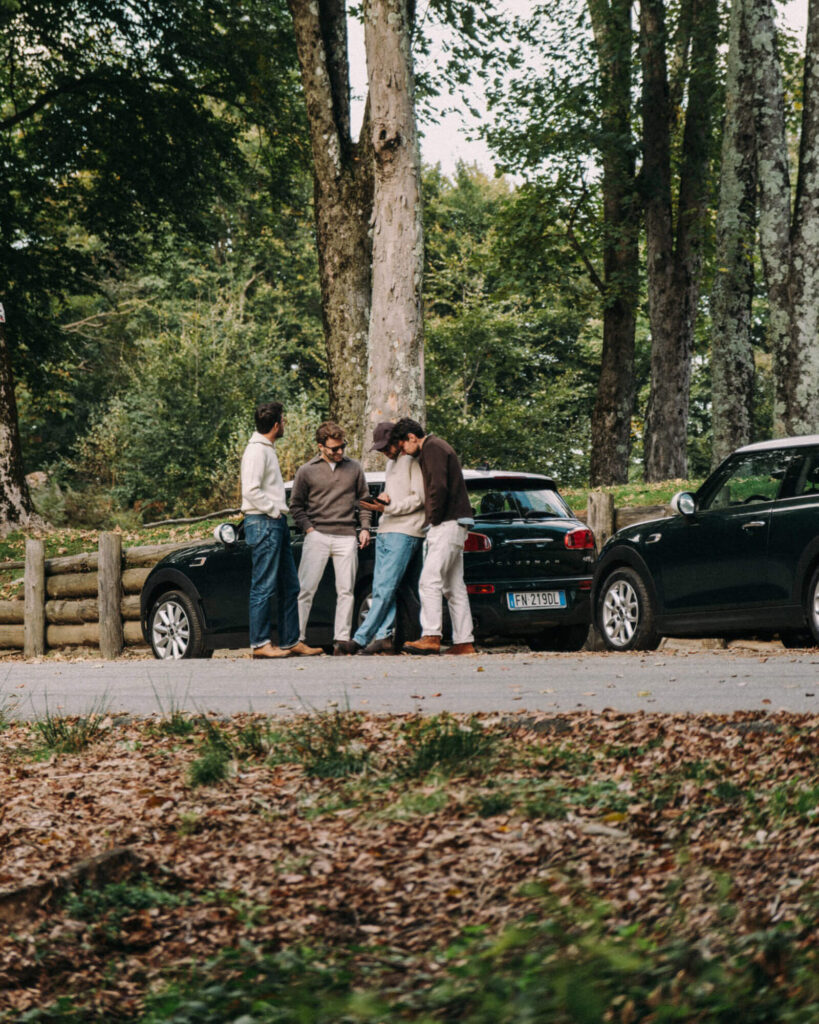
Right before the final hairpins, after the woods leave space to the fields and the view can range free all around, we started looking for the perfect spot to set up camp (more like, to park the car and eat). And funnily enough, it wasn’t a natural landscape that caught our attention, but the gigantic “MOTTARONE” mural letting drivers know they are about to reach their destination, 1492 meters above sea level. “How cool would it be for a backdrop?”—somebody asked. So there we stopped, right by the side of the road, and finally indulged in the sandwiches.

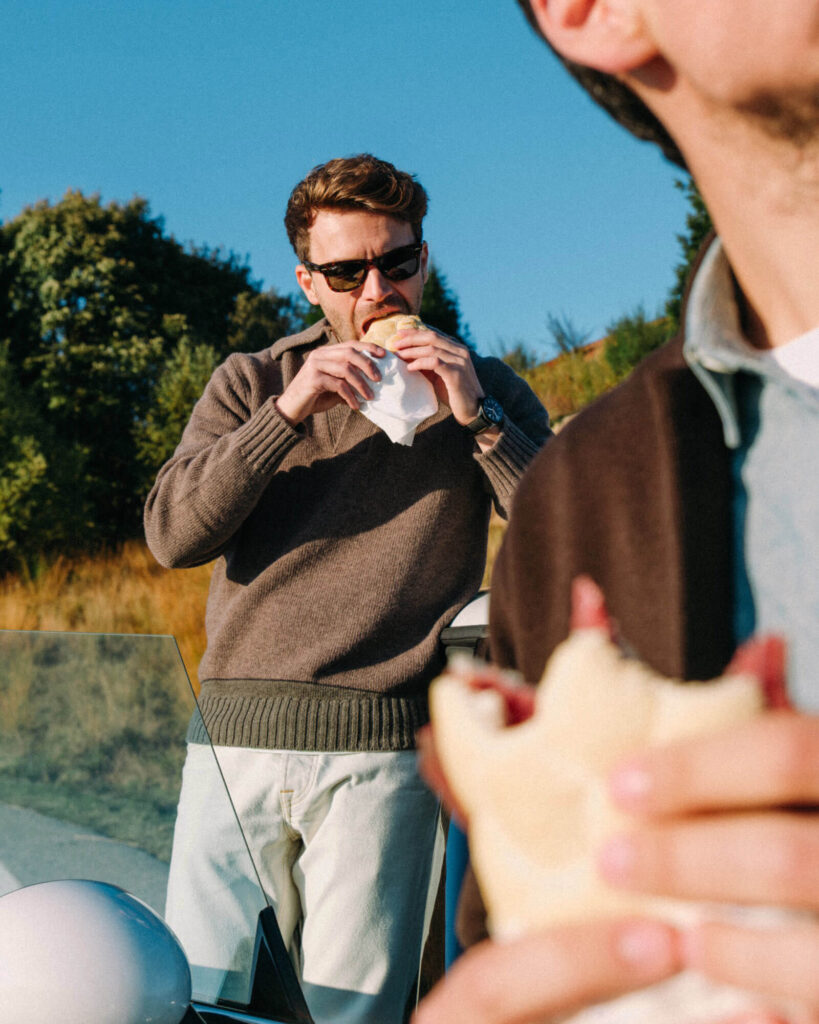
Now comforted, we really craved a coffee. A quick stop across the road and, just like that, our trunk became the smallest coffee corner with the best view!


Maybe it was the good beans, maybe it was the breathtaking scenery, but that was genuinely one of the best coffees we’d ever had: sharing a cup of espresso with friends, brewing it out of the trunk of a car and sipping it while contemplating a lake shimmer in the distance hundreds of meters below you is an experience everyone should try at some point.

Then we stayed around, roaming the top of Mottarone and its golden fields, and before we even realised the sun was about to set (shorter days are the only downside of autumn, really): time to head back down, check in at the apartment we had booked for the night and wash down a good dinner with a couple of glasses of great red wine—which we did in Arona, another lakefront town, especially known for the imposing, 35-metre tall statue of San Carlo Borromeo that sits atop a hill and dominates the city centre.
The colossal statue is a clear telltale of how important the legacy of the Borromeo is to Lake Maggiore, their place of origin: the Strada Borromea we drove through is indeed just one of many toponyms recalling the family’s connection to the shores of this beautiful corner of Earth, and our second day on the lake would revolve around the Isole Borromee.
So, after sleeping in and waking up with a good coffee brewed on our trusted machine, we jumped back in the cars, reached the pier in Stresa and hopped a motorship to cross the lake.
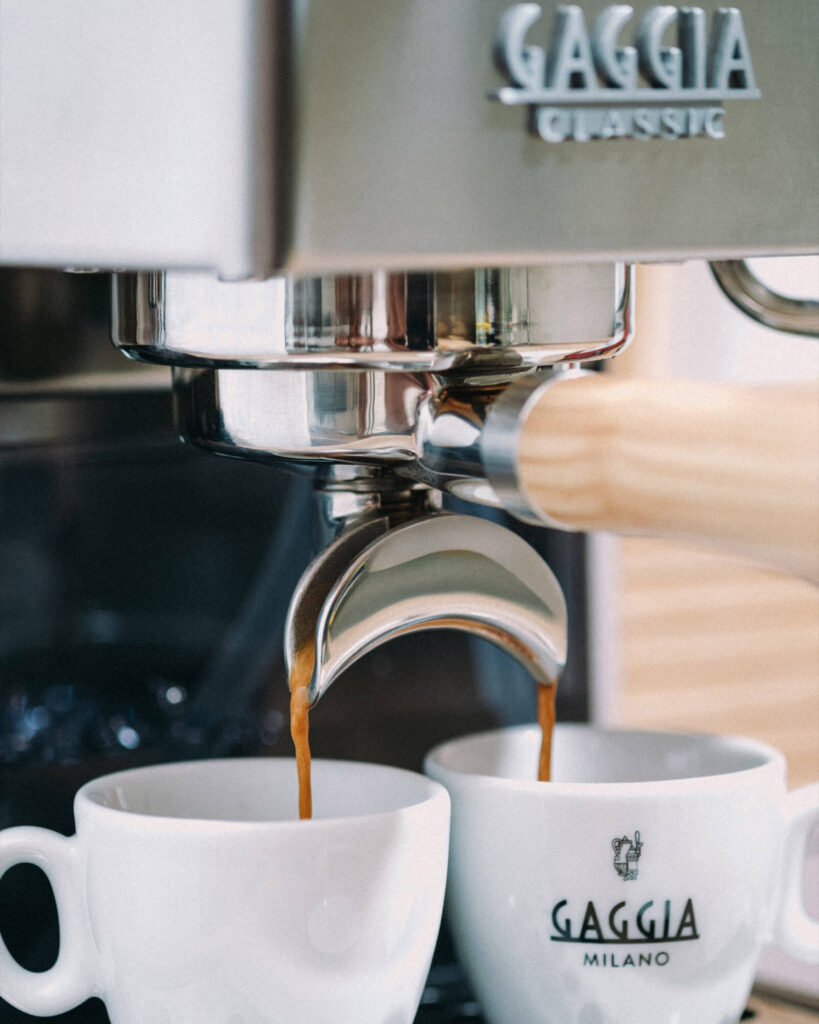

Gliding quickly on the water we sailed in front of the city’s grand hotels and past the most beautiful of the three islands, aptly named Isola Bella.



However, our intention was to explore a different island, possibly less impressive but certainly equally charming: Isola dei Pescatori, the fishermen’s island. Living up to its name, the tiny plot of land has shores dotted with tiny boats and fishing nets; its small houses, squeezed across each other, are separated by narrow alleys that cut right across the island. Bars, restaurants and a few souvenir shops welcome the tourists—many, especially during peak season, but thankfully nothing like the crowds storming Lake Como.


But the warmest welcome, to us, was an elegant elderly gentleman who docked his impeccable Riva Ariston and headed to the restaurant right as we walked by: it doesn’t take much to realise that, on Lake Maggiore, classic boats are a big deal; and in case we needed a confirmation, it soon came from a magnificent wooden sailboat circling the island helmed by a party of happy people.


Despite the island being very small, we spent hours wandering around—snapping pictures of the unusual setting, trying to guess the names of the mountains around us and envisioning a retirement plan involving a lakefront house and no smartphones. But as all good things do, our time there had to end. The ferry back to Stresa was approaching, and we couldn’t afford to miss it if we wanted to make the most of this second day on the road.




Thankfully, our travel plan involved some more stops: on the lake in Lesa, where we skipped stones on the water with great enjoyment, and inland in the city of Sesto Calende—this one suggested by Alessandro who knew about a very specific typical product only found in that town.

That specialty turned out to be a liqueur called Veleno, a local cocktail that’s only sold pre-mixed and bottled at one specific wine shop. The name of the drink—which literally translates to poison—was all but encouraging, but at the same time we were all extremely curious to taste it. And what better way to do it than to have an aperitivo together?
So we made our way to Enoteca Olearo, hidden in an unassuming building along a residential street, and we met with its owner Federico, who served us a glass of Veleno and started telling us the story of this peculiar cocktail.
First mixed in the 1960s by his father, owner of a bar downtown, the drink owes its intimidating name not to an unpleasant taste—quite the opposite, as it resembles a Negroni, only slightly sweeter—but to the original lack of a denomination, which led patrons of Bar Olearo to vaguely call their go-to order “el to velen” (literally “your poison”).
The name stuck, and when it came to bottling and naming it, any other choice was no longer an option.




Entertained by this colourful tale, we raised our glasses of Veleno and toasted to a great two-day road trip together. Between one sip and the next, we were already plotting our next gita fuori porta!

